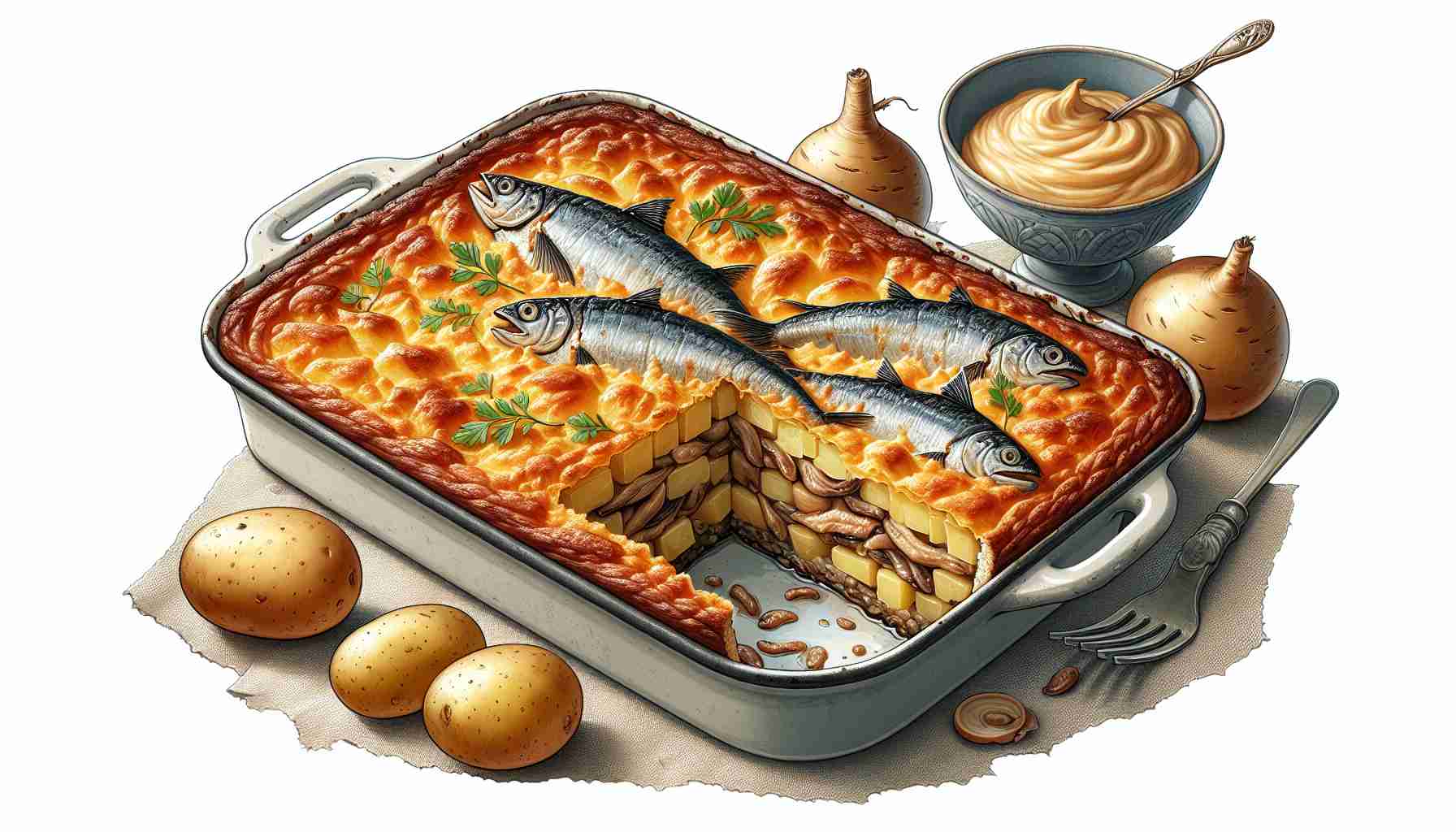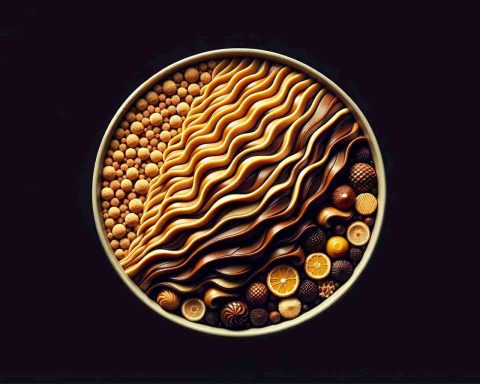Swedish Jansson’s Temptation: A Classic Scandinavian Potato and Anchovy Casserole
Jansson’s Temptation, or “Janssons frestelse,” is a traditional Swedish dish known for its creamy texture and savory flavor. This delightful casserole combines thinly sliced potatoes, onions, and Swedish anchovies (known as “ansjovis”) baked to perfection with cream and breadcrumbs. It is a popular choice during festive occasions and is often served at Christmas tables in Sweden. The combination of the creamy, rich potatoes and the unique taste of Swedish anchovies creates a dish that is both comforting and indulgent.
Ingredients:
– 4 medium potatoes, thinly sliced
– 2 medium onions, thinly sliced
– 1 can (100g) Swedish anchovies (ansjovis), drained and chopped
– 1 1/2 cups heavy cream
– 2 tablespoons breadcrumbs
– 2 tablespoons butter, cut into small pieces
– Salt and pepper to taste
Instructions:
1. Preheat your oven to 400°F (200°C).
2. Rinse the thinly sliced potatoes in cold water to remove excess starch, then pat them dry with a clean towel.
3. In a greased baking dish, layer half of the sliced potatoes evenly on the bottom.
4. Spread half of the thinly sliced onions over the potatoes.
5. Scatter half of the chopped Swedish anchovies on top of the onions.
6. Repeat the layers with the remaining potatoes, onions, and anchovies.
7. Pour the heavy cream evenly over the layers in the baking dish.
8. Sprinkle the breadcrumbs on top of the casserole.
9. Dot the top with small pieces of butter.
10. Season with salt and pepper to taste.
11. Cover the baking dish with aluminum foil and bake for 45 minutes.
12. After 45 minutes, remove the foil and bake for an additional 15 minutes, or until the top is golden brown and the potatoes are tender.
13. Remove from the oven and let it rest for a few minutes before serving.
Enjoy your Swedish Jansson’s Temptation as a delightful addition to your meal. Its comforting flavors are sure to be a hit at any gathering!








